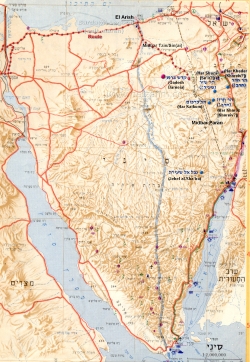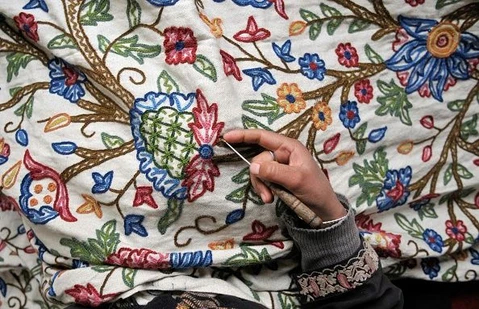
 |

 |
These are the pᵊqūd•eiꞋ ha-Mi•shᵊkânꞋ, Mi•shᵊkânꞋ hâ-Eid•ūtꞋ, which pū•qadꞋ by the mouth of Mōsh•ëhꞋ: the work of ha-Lᵊwi•yimꞋ under the authority of:
BᵊtzalᵊeilꞋ Bën-ŪrꞋi Bën-Khūr,![]() who belongs to Mat•ëhꞋ YᵊhūdꞋâh, and
who belongs to Mat•ëhꞋ YᵊhūdꞋâh, and
•hâl•i-âvꞋ Bën-Akh•i-sâmꞋâkh, who belongs to Mat•ëhꞋ Dân and is an artificer, problem solver and embroiderer in tᵊkheilꞋët, royal purple, crimson and sheish.
 |
| Embroidery |
Together, they oversaw the fabrication of all of the artifacts of the Mi•shᵊkânꞋ: all of the precious gems and metals, the wood and the various fabrics.

Optional parental preparation:
The first rabbi came into existence with the creation of the Pᵊrush•imꞋ—which didn’t occur until B.C.E. 135. Thus, rabbis didn’t even exist until nearly 1½ millennia after Mōsh•ëhꞋ’s death!!! Ergo, it is both historically anachronistic as well as untruthful and ignorantly misleading rabbinic propaganda to promulgate the misnomer “Rabbeinu”.
Though Ta•na"khꞋ affixes no title to Mōsh•ëhꞋ, the most frequently-used verb in Ta•na"khꞋ, describing Mōsh•ëhꞋ’s activities, is pâ•qadꞋ. That there was an early—1st-century C.E.—tradition referring to Mōsh•ëhꞋ as Pâ•qidꞋ was corroborated by Eusëbios in translating the title of the 1st 15 Nᵊtzâr•imꞋ leaders from the Greek into English as “bishop” (and—same Hebrew word—as “pope”) is, itself, a Greek translation from the Hebrew title Pâ•qidꞋ. ![]()
Questions you might anticipate that your child might raise and be prepared to discuss:
What is accounting (vs bookkeeping? To do inventory? To muster troops?
![]()
 |
 |